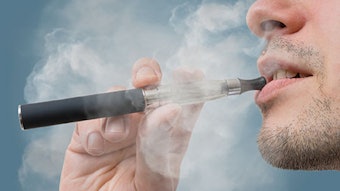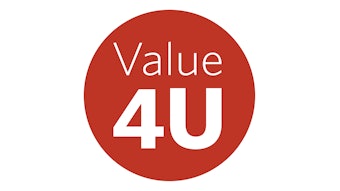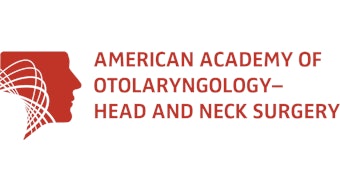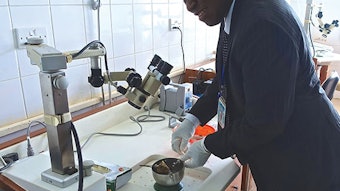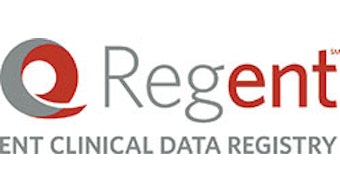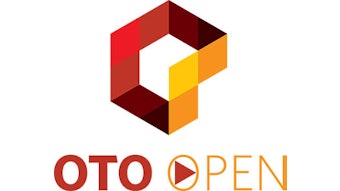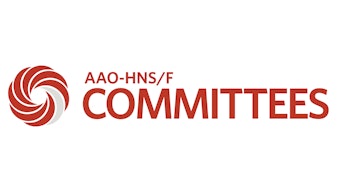Temporal bone histopathology labs in danger of extinction
The Bulletin is devoted to current topics and action items. Why then, might you say, is there a piece on the oldest of old things: human temporal bone histopathology research?
Michael M. Paparella, MD
The Bulletin is devoted to current topics and action items. Why then, might you say, is there a piece on the oldest of old things: human temporal bone histopathology research? Well, the answer is that from a height of 25 active labs in the United States in the 1980s, we have fallen to three current labs, with two about to close due to funding concerns.1 You might ask: “So what?” But, human temporal bone (HTB) research is not what it was a generation ago. Yes, it can still help us define otologic and skull base disease as well as predict its course and complications better than any other modality. But with advancements in molecular biology, electron microscopy, and immunogenetics, temporal bone specimens can give us more information now than ever before.
It costs $3,000 to prepare and study a pair of human temporal bones. In addition, it requires unique technical training to acquire, process, and study HTB pathology, as well as a dedicated research laboratory for doing so. It is difficult, very expensive, and yet more important than ever that we resurrect and support this research.
Reference
- Chole RA., Labs in crisis: protecting the science—and art—of otopathology, Otol Neurotol. 2010. 31(4):554-556.

